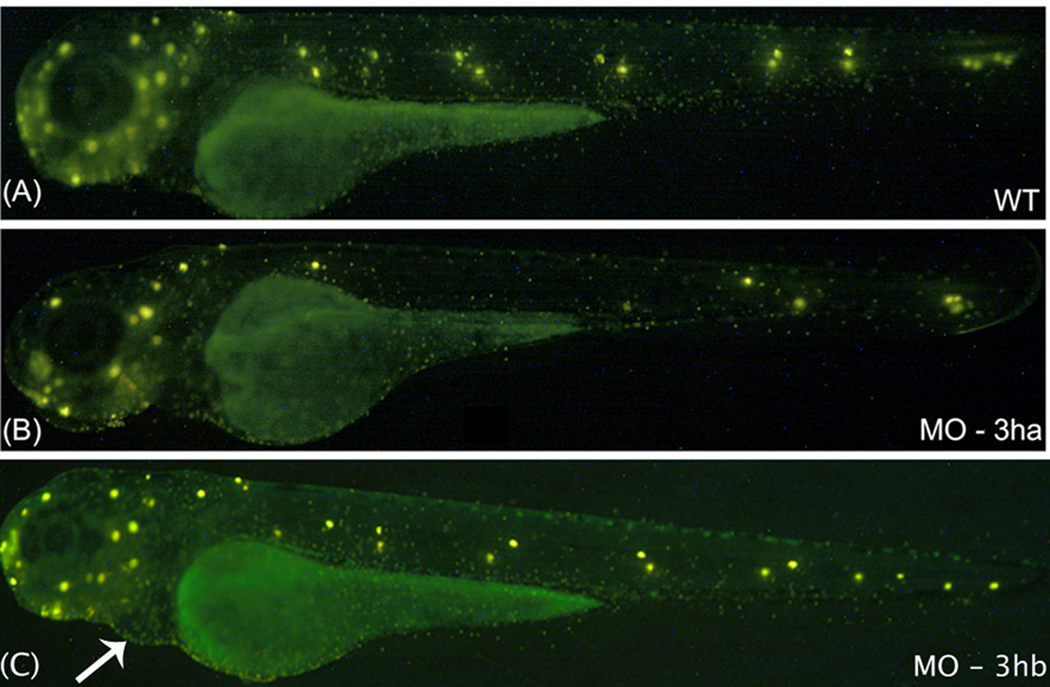FIG. 8. Development of trunk neuromast sensory organs fails in the eif3ha morphants.
Shown are representative embryos following staining with Di-Asp at 3 dpf to identify neuormasts. The representative embryo in panel A demonstrates the normal distribution of neuromasts (bright yellow spots) in an uninjected wild-type (WT) embryo. This is compared with one of the representative embryos injected with either 3 ng of eif3ha SB morpholino (MO-3ha) as shown in panel B or 2 – 4 ng of eif3hb TB morpholino (MO-3hb) as shown in panel C. Note that at this dose, the severe brain defect did not occur using MO-3ha, although most of the trunk neuromasts are absent in the eif3ha morphants (90 – 95 %, n ~ 100). In contrast, for the eif3hb morphants, neuromast formation appears normal even though the cardiac phenotype for this morphant begins to appear (indicated by the white arrow).

